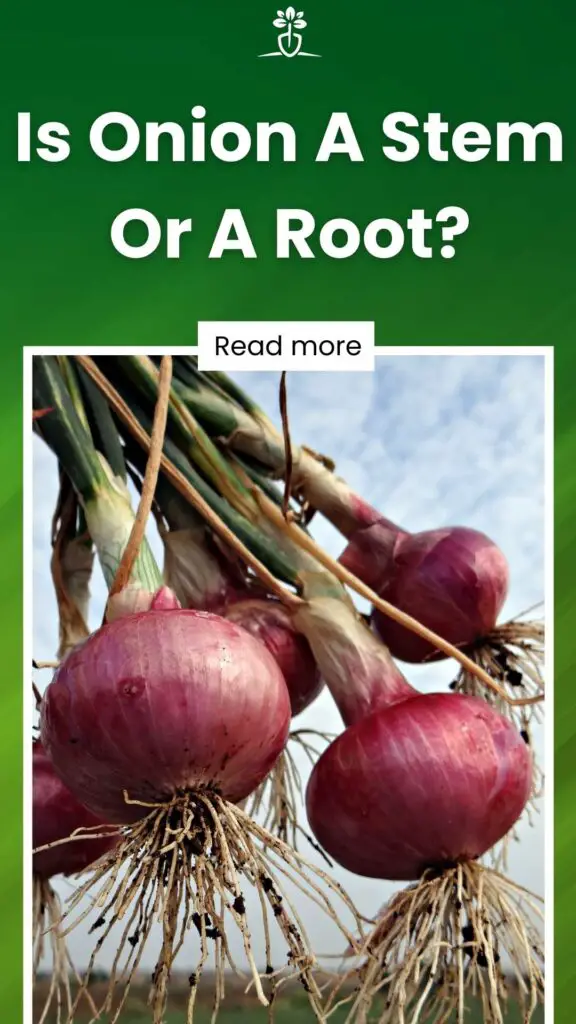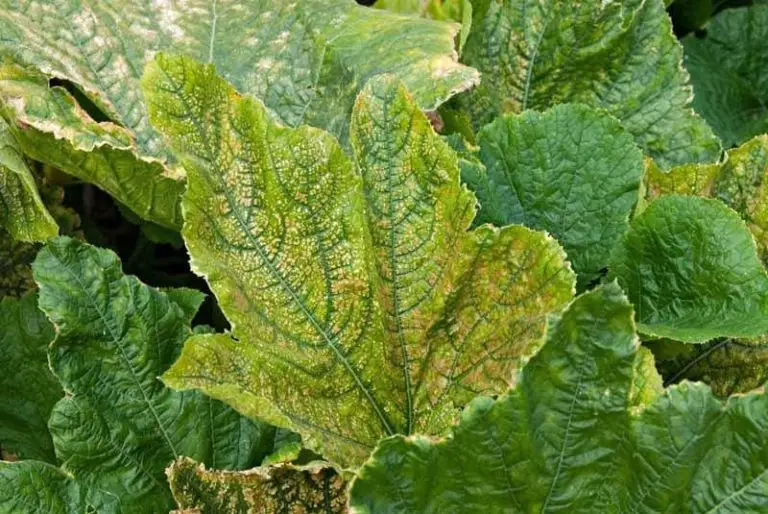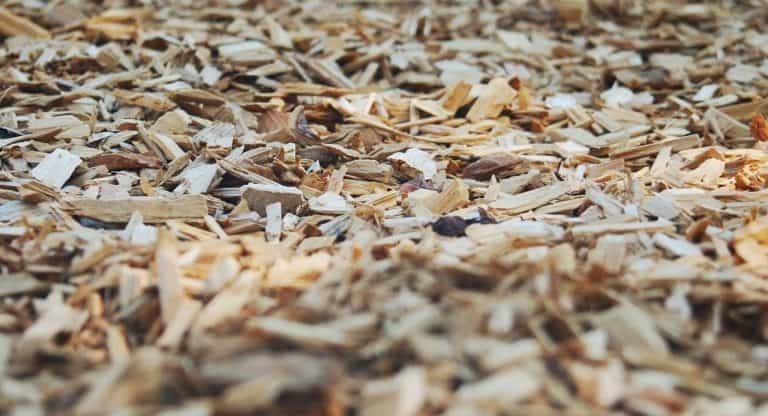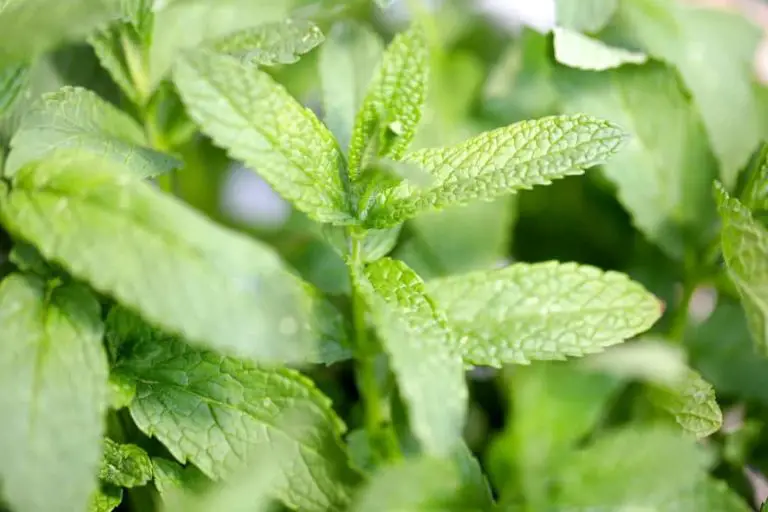Is Onion A Stem Or A Root?
There is much confusion over whether the onion is considered a root or stem, and many people are not sure which they believe.

You will now have the ability to discover the truth to this almighty question with the help of this guide and share what you learn with others.
The onion belongs to the family of plants that have a modified stem. Onions are eaten by chewing on their modified stems. In a green onion, roots can be found at the bottom, whereas leaves can be seen on the other end.
Contents
So Is The Onion A Stem Or Root?
An onion that grows underground looks like a root and can therefore be mistaken for one. Due to the leaves covering much of the plant’s top part, many people mistake them for stems. Onion roots are fibrous, but they do not fully function as roots.
Roots grow from the bulb’s basal section throughout the onion bulb. Stems and leaves make up the remaining portion.
A root or a stem is not technically what an onion is. This is a tunicated bulb, similar to a modified stem, whose fleshy leaves store food and transfer it to other parts of the plant when necessary.
All About The Onion
Onions belong to the genus Allium, and they are one of the most commonly cultivated plants in this group. Approximately 7000 years ago, onions were first cultivated.
The exact date and origin of onion cultivation are unknown. A bulb onion is also known as a common onion because of its hollow leaves and the flat base from which the roots and the fleshy leaves grow.
Onion stems lack nodes and internodes, unlike ginger’s. Onions have a flat base that is cut away from the bottom and discarded when preparing them. The stem is this base.
A concentric circle of leaves develops around a bud at the center of this stem as one leaf grows over the other. When you cut the onion horizontally or vertically, you can see this collection of leaves. False stems are also called false stems since only the basal point qualifies to be called a stem.
The Bulbing
The onions we harvest are developed in this way. When leaves at the base of the plant swell after accumulating food, it is called a base swelling. The length of the day, known as the photoperiod, is one factor that impacts the size of bulbs, according to Dr. Brunel.
In other words, the longer the day and the warmer the temperature, the bigger the bulbs will be. Onion varieties can be classified according to the amount of daylight they require.
For long day onions, the amount of daylight needs to be between 14 and 16 hours. For intermediate day onions, the amount of daylight needs to be between 12 and 14 hours. Short day onions, the amount of daylight needs to be between 10 and 12 hours.
Onions, like other plants, require photosynthetic leaves for their leaves to develop since bulb leaves store food only. The foliage and flowers grow upwards above the ground because of this. Comparing onions to other stem plants, we find this to be an incredibly interesting characteristic.
The Maturity
The onion is a perennial plant, but it is sometimes grown as an annual. The bulbs are generally harvested before they become mature. It is not possible to pick the blooms if you allow the bulbs to develop, because they will stop feeding the blooms.
As a result, onions may grow green sprouts if kept for a long time. Several parts of the onion plant can be eaten, including the bulbs, sprouts, and roots, depending on the variety.
Onions are also commonly used as a pesticide. Therefore, onions could be a good option for keeping bugs away if you’re looking for a natural approach.
The Common Misconceptions About The Onion

Since it falls into the modified stems and leaves category, the onion could be referred to as stem. Adaptation to a particular environment leads to modifications in plants according to Libretexts. These modifications may occur underground, aboveground, or both.
Unlike other plants, onions do not grow in a predictable manner. In contrast, the stem has a flat base. The leaves form underground as a bulb, while the actual stem is a tunicated one. These two differences can be explained by one of several underground stem modifications.
Examples Of Stem Modification Types
Bulbs
Likewise, roots grow from the base of the bulb into the ground. Tunicated bulbs and scaly bulbs are the two types of bulbs. In addition to bulb onions, garlic also has tunicated bulbs.
The head of garlic, also known as the knob, is made up of several smaller cloves. These cloves are all tunicated separately. A good example of a scaly bulb is a lily.
Rhizomes
Rhizomes are known for having nodes and internodes, and they grow horizontally under the ground. Terminal buds may form, while auxiliary buds may form as well.
A root will grow beneath both terminal buds and auxiliary buds. Rhizomes come in two varieties. Ginger and turmeric have horizontally growing rhizomes. Some rootstock rhizomes are inclined, such as those in banana plants.
Tubers
A stolon, also known as an underground stem, is a swelling of the stem. Usually this part of the stem stores starch.
There are actually nodes around the potato that you see as “eyes” or depressions. Likewise, tuberous roots have leaf scars along their stolons, but adventitious roots are absent. These include potatoes, arrowroots, yams, and taro.
Final Thoughts
What is the difference between onion roots and stems? They are both the same. A bulb formation, however, may be considered a type of modified stem. A tunicated bulb is an altered stem. Other modified stems include tubers, such as potato tubers, or rhizomes, such as ginger rhizomes.
As we have established, onion bulbs grow from the stem and the roots, so they cannot also be considered fruits since fruits have to develop from flowers. This proves that onions are not considered roots. Onions are technically considered stems for the reasons we discussed in the article.
Frequently Asked Questions
Which Part Of The Onion Is Above The Soil?
Stems, roots, and leaves which we eat are found below the soil. It is a small part of the leaf that is above the ground. The stem is a disc-shaped structure located in the middle of the onion.
It is with this growing fondness for the onion that you will be able to learn more about the onion parts that are below the surface and what is above.
How Does Cell Division Occur In Onion Root Tips?
The roots of sprouting seeds or bulbs divide rapidly as they grow. Studies of mitosis in labs most often use root tips taken from onions, wheat, lentils, barley, and alfalfa. Root tips of onions are rapidly growing and, as a result, many cells are in different stages of mitosis.
What Is The Shape Of The Onion?
There are one to six leafless flower stalks of the common onion that grow 75–180 cm (2.5–6 feet) tall and produce spherical clusters of small, greenish white flowers. A growing plant produces underground edible bulbs by swelling the concentric leaf bases.
In commercial agriculture, onions are grown mostly from the small black seeds that are sown directly in the field, but they can also be grown from small bulbs and transplants. There are many climates in which onions will grow and they are very hardy.
What Are The Health Benefits Of Onions?
Flavonoids are plant chemicals found in onions that act as both antioxidants and anti-inflammatory agents. By consuming these compounds regularly and in sufficient quantity, these compounds may help prevent chronic diseases such as cancer and diabetes.
To lower the risk of any health issues associated with cancer or diabetes in your life, we recommend that you go crazy with onions and include them in almost all of your meals.




